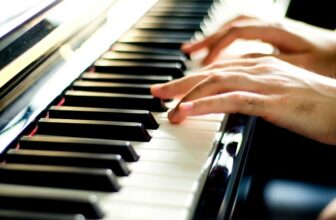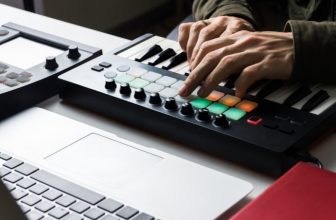11 Types of Pianos (Vertical, Horizontal, Digital)
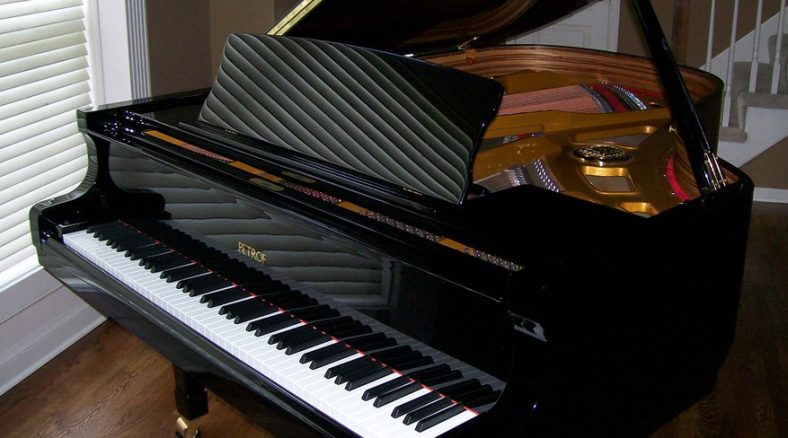
This list includes 11 of the most popular types of pianos in the world. Pianos generally fall into 3 main categories based on how their inner mechanisms work: vertical pianos, horizontal pianos, and digital pianos.
Each of these offers a different combination of sound quality, volume, diversity of sound, and of course, physical size! A grand piano takes up a LOT more space than an upright.
Vertical Pianos
1. Upright
Upright pianos are the most common type of home pianos.
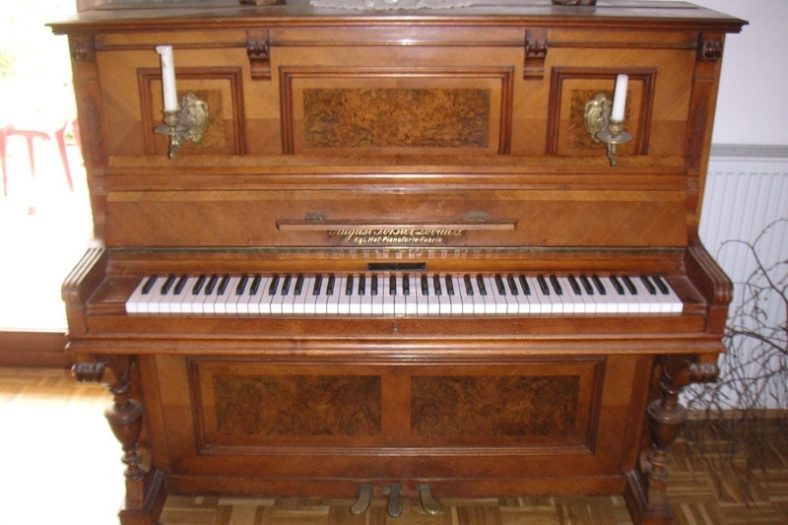
All vertical pianos work with the same basic principle of having their strings upright in the back of the piano instead of placing them horizontally as you would in horizontal pianos.
This characteristic makes them much smaller and more compact, keeping the volume down and giving them a brighter sound.
Upright pianos are much cheaper and easier to place in the standard apartment, making them a perfect fit for any beginner to buy for practice and learning.
2. Spinet
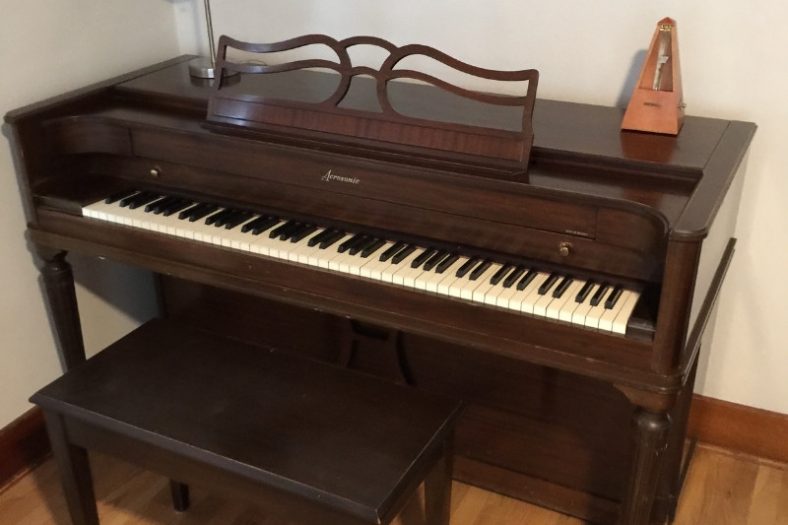
The spinet is the smallest of all upright pianos. Because of its size, it’s the easiest to fit anywhere and often the cheapest, but it also has the big issue of drop action.
Drop action pianos work on a different principle than the standard ones, as they don’t use a hitting hammer mechanism but a pull mechanism to hit the strings.
This gives the players a much softer feel on the keyboard and limited control over the force with which you should play the piano. Though they are still a good starting point!
3. Console
Console pianos have a similar feeling when playing on the keyboard as a grand piano would and produce warm, mellow tones when played.
There are tons of Console pianos on the market and you can really choose from a variety of different producers until you find just the right one for you. This is a perfect buy for any beginner or anyone looking to have a compact, quality-sounding piano at their home for practice.
4. Studio
A studio piano is the largest and the most expensive of all upright pianos. They are several inches taller than the compact pianos, giving them additional space to get a clearer and better sound.
Because of their size, they are generally more common in music studios. They often can have great sound quality but are still much smaller, allowing you to pack them into smaller spaces which is often very useful for music studios.
Horizontal Pianos
5. Grand Piano
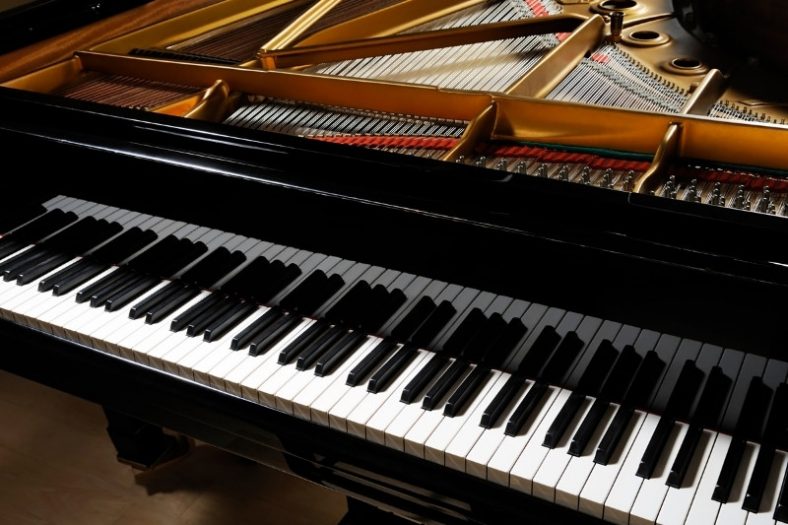
The Grand piano is the standard piano that was first made and is the original instrument. It is the largest and generally the most expensive of all pianos. These pianos are usually found in large halls or at concerts. They have a horizontal flat board on which the strings are seated.
The piano cover can be lifted, and the piano sits on three legs. Grand pianos are the best that acoustic pianos have to offer and are most commonly used for recording and live performances by serious artists.
There are several different kinds of grand pianos, as they can vary in their size. They all have pretty much the same look, design, and characteristics, but differ in size and volume.
6. Baby Grand
As the name suggests, the Baby Grand is the smaller version of the grand piano. It has all of the same characteristics as the grand piano, but it’s quieter than the grand piano because of its smaller strings and size.
7. Parlor Grand
The parlor grand is the intermediate piano, which is seated between the baby grand and grand piano lengthwise. Usually, between 6 and 7 feet long, they hit the sweet spot when it comes to positioning.
8. Concert Grand
Concert grands are the largest pianos on the market. They are generally very expensive and usually only found in large concert halls.
As the name suggests, they are also used for concerts only, as they are the loudest and have the clearest sound because of the sheer size of their strings and boards.
The reason behind this is that the longer the strings are, the more precisely can they be adjusted to their natural resonance and thus get a clearer tone.
Electric/Digital Pianos
9. Digital Piano
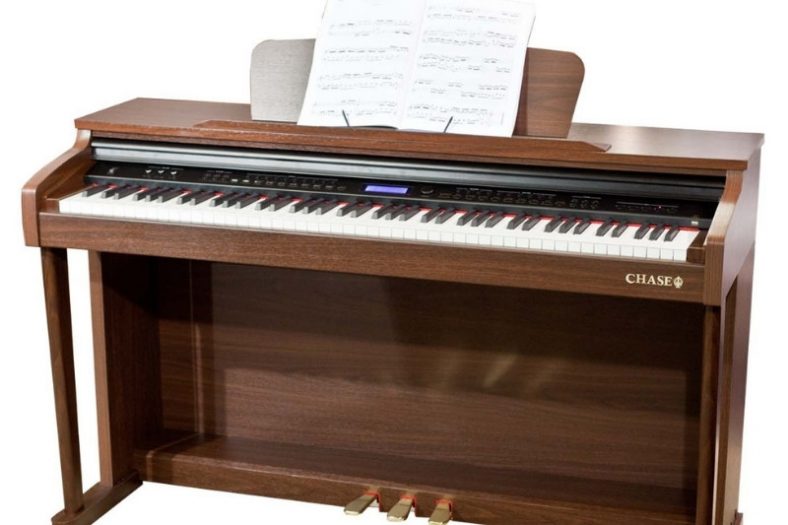
If you can’t get your hands on an acoustic piano, then a digital piano is the next best thing. These can have the full 88-keys with weighted or semi-weighted keys. Digital pianos have become quite versatile and some of them sound pretty impressive.
Because they are digital, they don’t really need as much space as acoustic ones but are still made to resemble the real deal to get the players they feel they need.
Today technology allows for weighted keys and better sound quality, giving you the same feeling when playing as with acoustic pianos.
They work off the basis of playing back recorded samples or based on audio synthesis. They also may have a variety of different sounds, which is great if you want to experiment a bit more and introduce some new sounds to your playing.
10. Keyboards
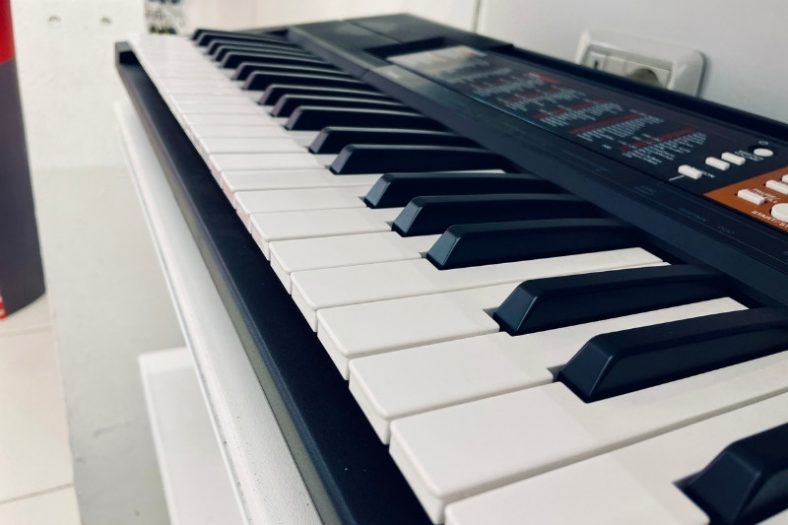
Keyboards are electrical instruments that work on the same principle as digital pianos but offer much more portability and sound options while playing. This instrument is made for use in popular music, with the accent of being small, compatible, and easily portable.
The keys on a keyboard are often smaller and lighter than on a real piano. This is great for portability, but it doesn’t give the same experience as the real thing.
Keyboards often try to have as many options packed into them, these may range from cool synthesized piano and instrument sounds to downright cringy 80s-style attempts at emulating acoustic instruments with basic audio synths.
This can essentially make you a one-man band if you’re skilled enough. Keyboards are also useful because of their size and price a good option for beginners to learn the basics (however, keep in mind that the lack of weighted keys and lack of piano pedals may limit your development as a piano player).
11. Toy Piano
Almost everybody had a toy piano when they were a kid. These toys resemble the real deal in having keyboards and producing similar sounds but are just what the name suggests – toys.
As such, they are not meant to be seriously played but are perfect for children to make their first steps into the world of music at a young age.
This can help kids develop faster and get them to learn the basics of music, sparking a love that can stay with them for the rest of their life.
These toy pianos are usually small and cheap and they work in many different ways. So, if you have a toddler that you want to introduce to music, make sure to check out what’s out there on the market, because options are pretty much limitless.
Conclusion
As you can see, there are many types of pianos. While some are very similar to one another, they are indeed a different kind themselves. From upright to grand to digital pianos, there is a variety of great ones suitable for different occasions and sizes for placement.
Image Credits
Featured Image: “Petrof Grand Piano” by oldpianomusic is licensed under CC BY 2.0
Upright Piano: “Klavier_nah_offen” by Manuel Strehl is licensed under CC BY-SA 2.5
Spinet Piano: “Acrosonic Spinet Piano” by Opus33 is licensed under CC BY-SA 4.0
Digital Piano: “Chase Digital-piano” by Pianomangeorge is licensed under CC BY-SA 4.0

